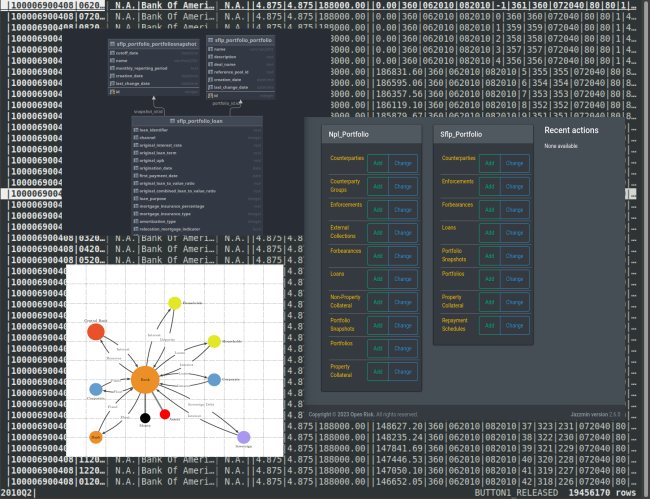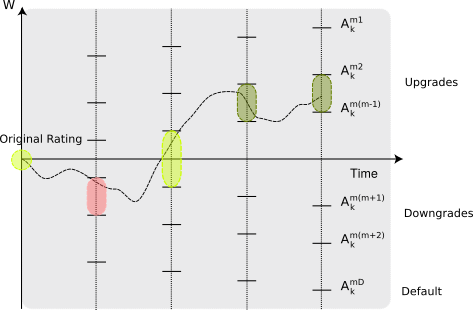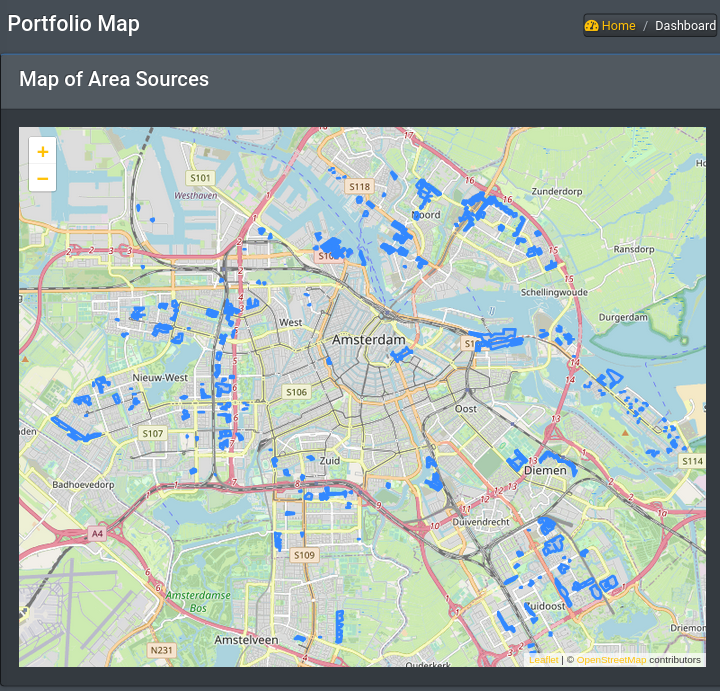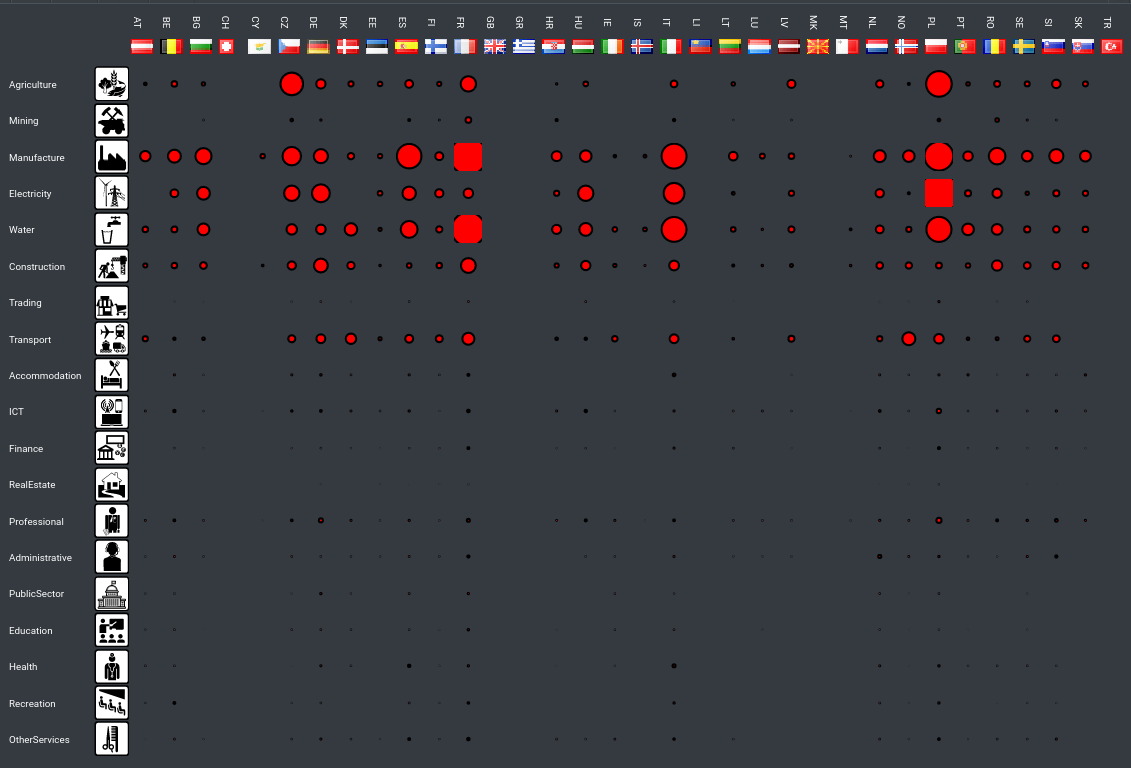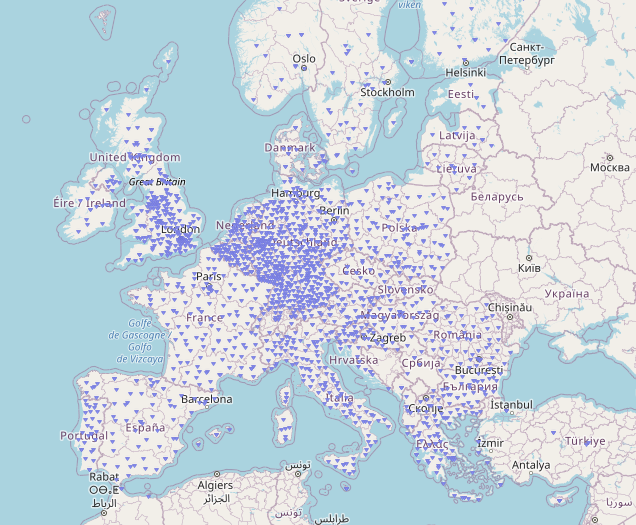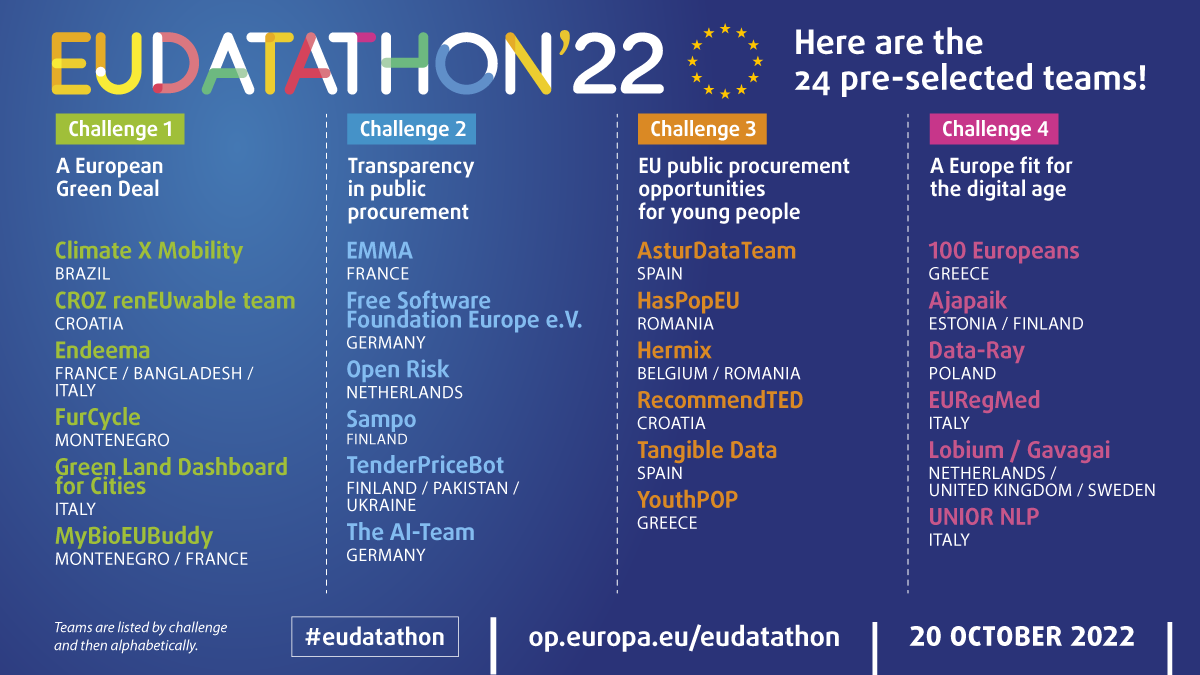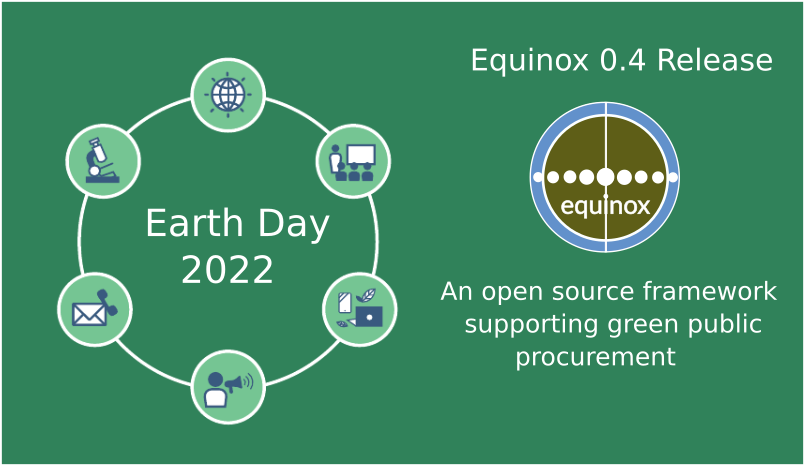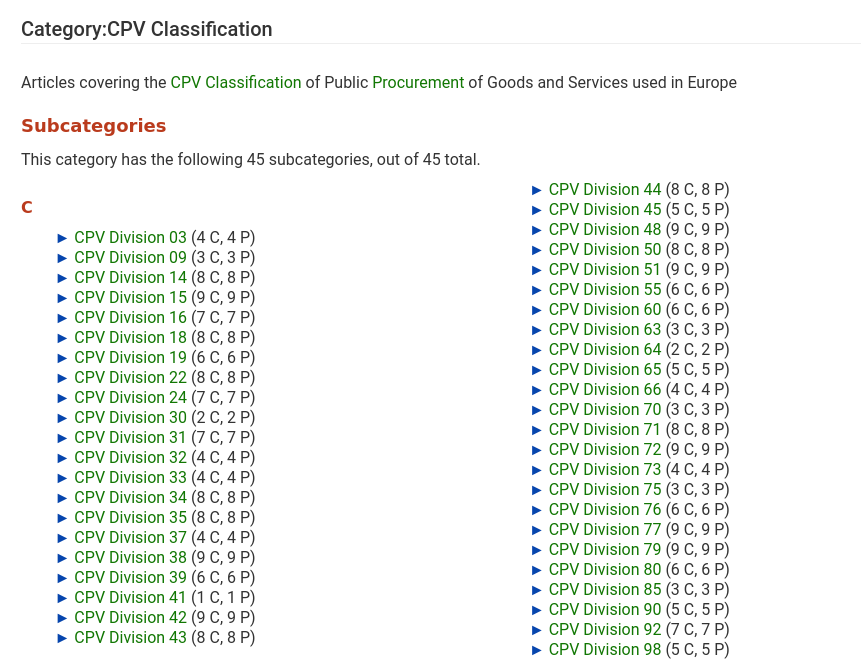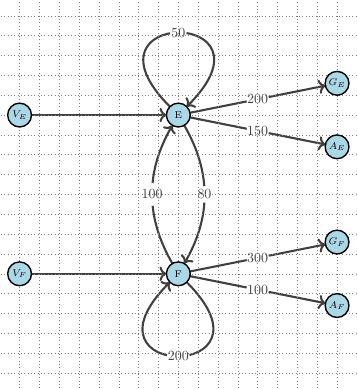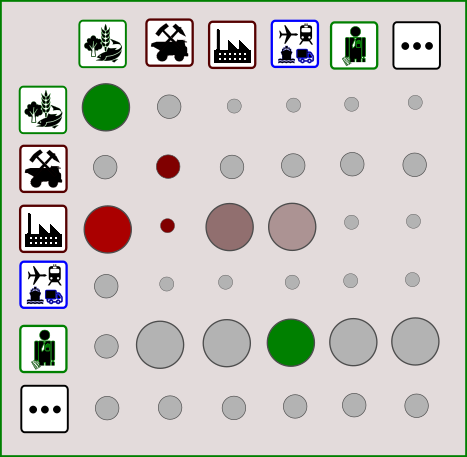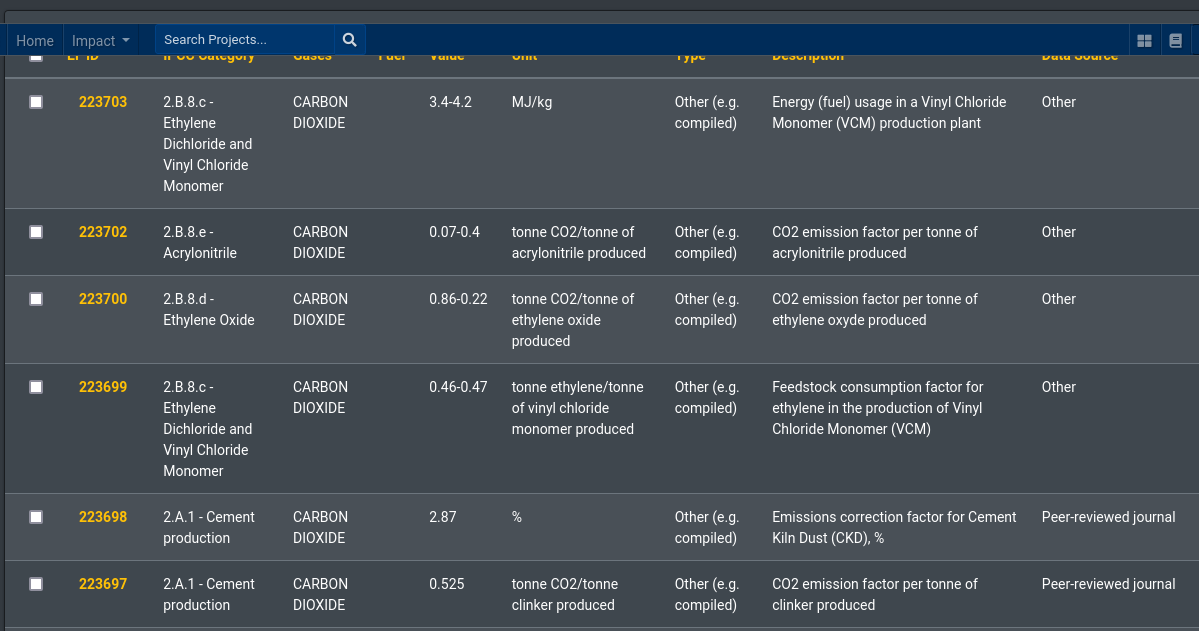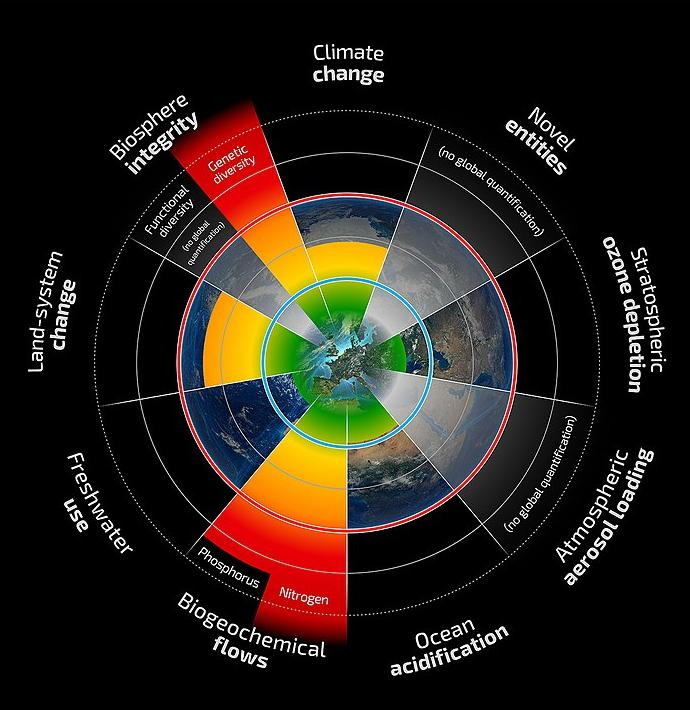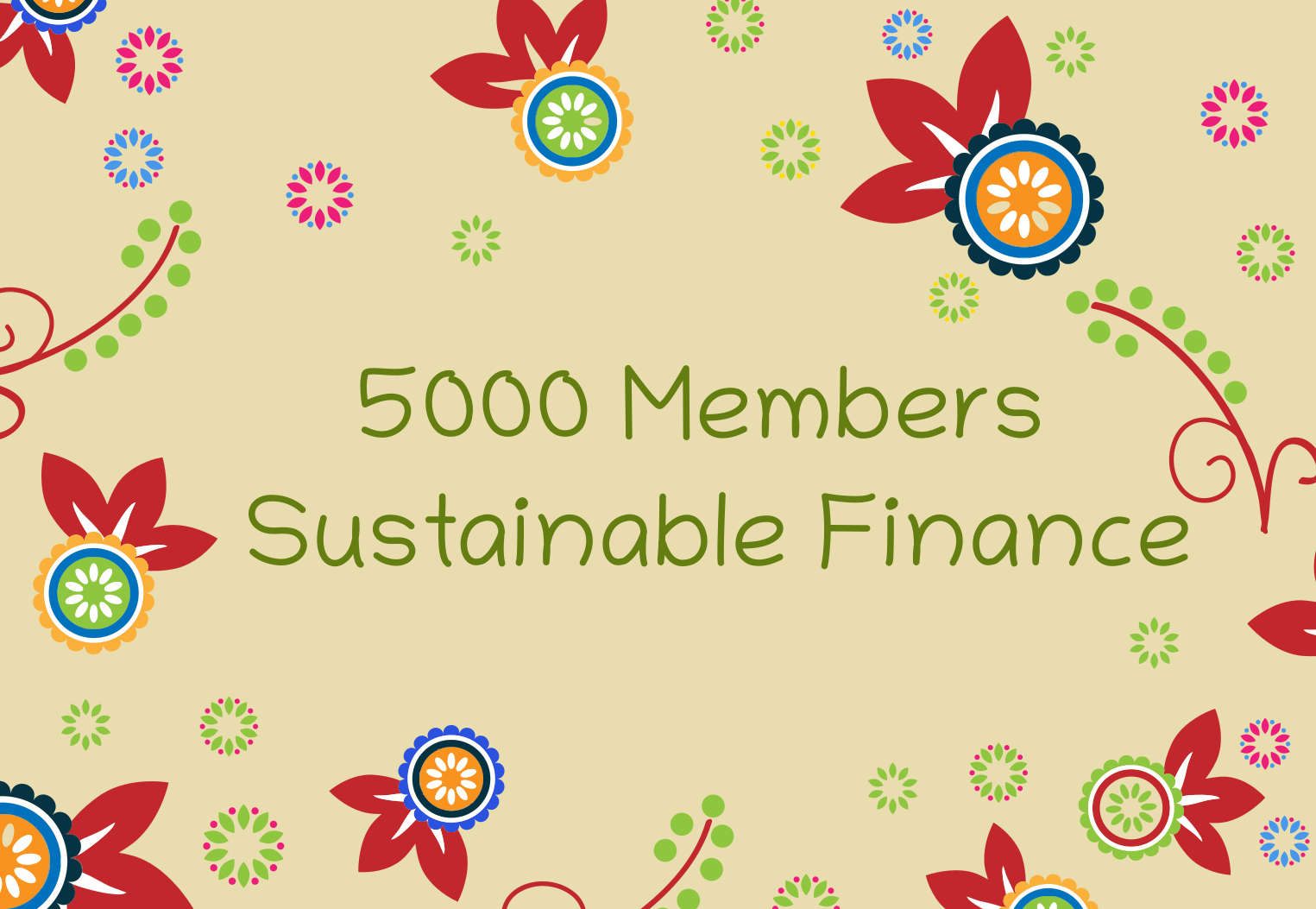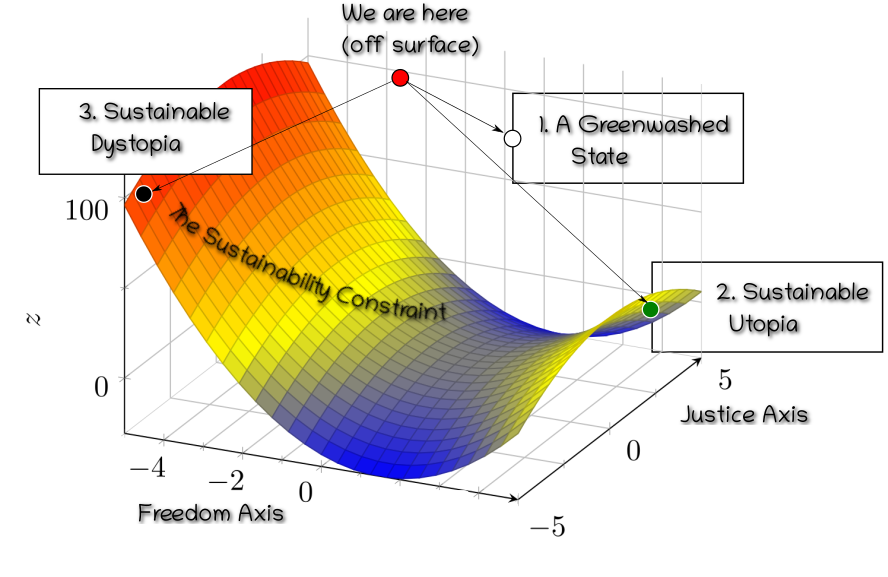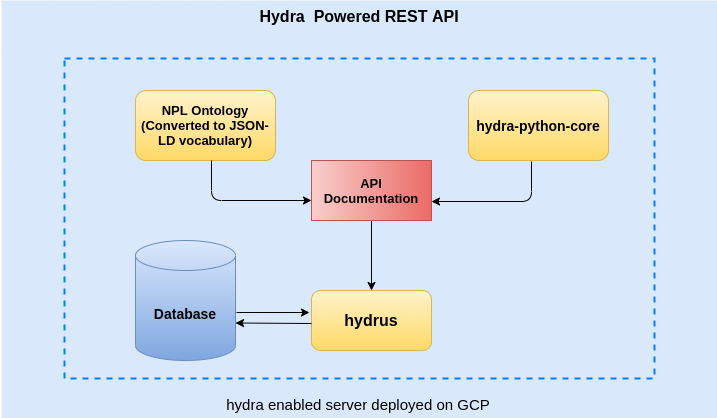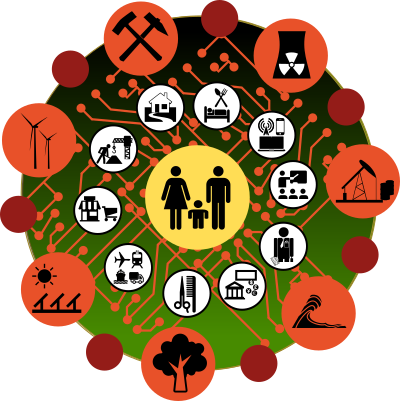
Equinox 0.7 release focuses on scope 2 (electricity) emissions
New data models introduced in this release of Equinox cater to the requirement of integrating energy attribute certificate information into the portfolio database.
GHG Accounting offers a means of measuring the direct and indirect emissions to the Earth’s Biosphere of CO2 and its equivalent gases from industrial and other activities. GHG Accounting is a rapidly developing area that has come to receive increased focus in the context of accelerating Climate Change. Given that the generation of electricity and heat accounts for around a third of global GHG emissions electricity consumers have incentives to proactively reduce those emissions by reducing electricity demand, or by shifting energy supply by procuring alternative lower-carbon or renewable resources.
